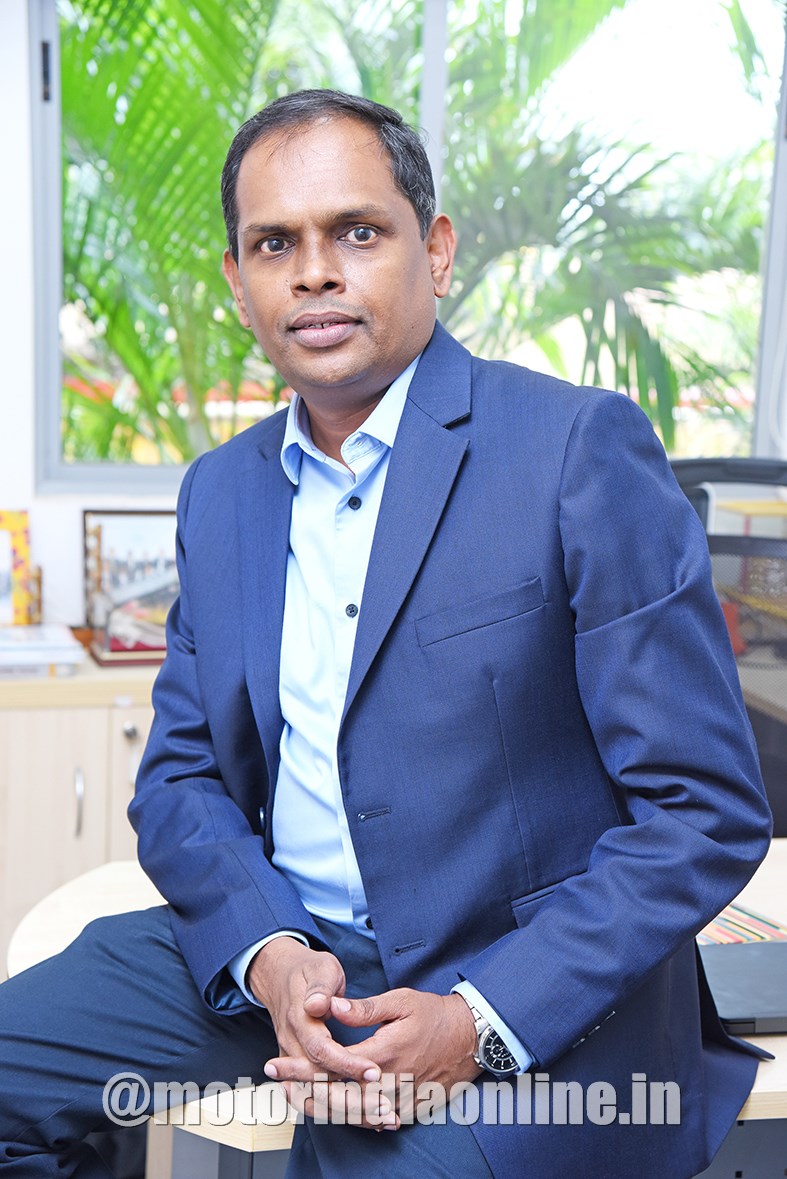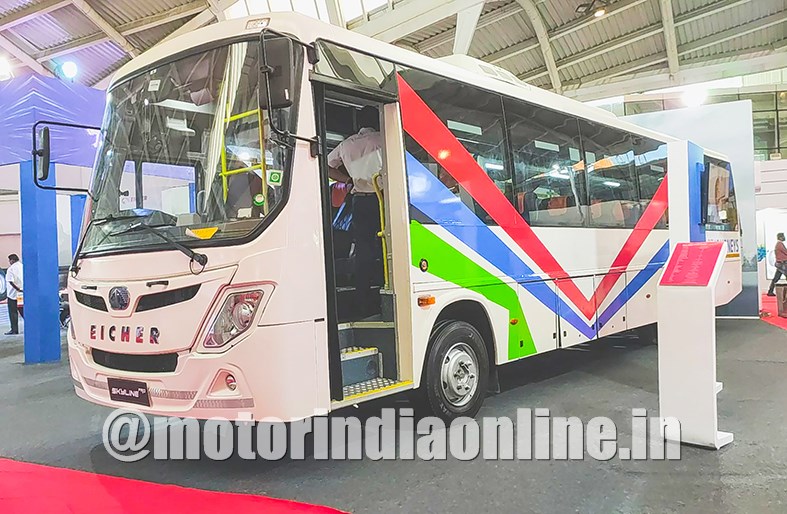Volvo Buses is a global leader with abundance of experience and technology expertise on the emission front. Mr. Suresh Chettiar, Business Head of Volvo Buses South Asia, and Vice President, Volvo Bus Corporation, outlines his company’s readiness for BS-VI in India and the key consequences the move is expected to have on the CV industry.

Excerpts:
Volvo Buses’ readiness for BS-VI
We are confident of rolling out BS-VI compliant buses by April 2020. This stems from the optimal blend of global experience and product portfolio complimented well with our two-decade long ‘Make in India’ story. Graduating to BS-VI has been a natural next step as Volvo Buses has pioneered technological advancements like CRDI engines, electronic architecture and multiplexing well in advance of regulatory mandates. These features are designed to ensure precision and reliability in performance and serviceability that is demanded of BS-VI vehicles. Therefore, despite the high level of technology involved, we have been able to leverage local sourcing and product development to achieve a high degree of localization on our BS-VI products. The buses have performed well under rigorous testing protocols in diverse Indian operating conditions.
Our sales and service network is suitably geared for the BS-VI era, be it on and off-site support. Our focus has always been on securing high level of service competence and vehicle uptime thru our network.
Cost implications
The transition to BS-VI involves extensive investments. So, it is logical to expect a price increase. We remain steadfast in our resolve to help customers get the best value for their investments through best-in-class performance and fuel-economy. To this end, we are organising customer clinics and augmenting driver training programs. Demanding incentives at least for a short term can be a good way to support customers and the industry to navigate this transition.
Challenges
The top challenge for the industry today is the ongoing recessive environment and the additional burden on it and the customers with this transition early next year. It is imperative that the liquidity and financing situation improves rather quickly to support stable business. Secondly, even as the auto industry channels huge investments in developing clean diesel products, we see several cities imposing a blanket ban on the deployment of diesel vehicles. This situation must be remedied. Thirdly, we must also recognize that the overall positive impact of the deployment of BS-VI can only be realised only when the much older and highly polluting vehicles currently in operation are phased out.
The important strategic challenge is the division in the auto industry’s focus and investments due to the near-simultaneous policy thrust on clean diesels and e-mobility. We must have a calibrated and sustainable roadmap to usher in e-mobility as has been the case for the transition from BS-IV to BS-VI.
Opportunities
Cleaner air is the most obvious benefit. Relative to BS-IV levels, BS-VI products will see NOx emissions coming down by approximately 89%. PM emission will also see a substantial decrease of 50%. BS-VI norms will also change the way particulate matter is measured. It will now be measured by number standard instead of mass standard thereby, regulating fine particulate matter as well.
Secondly, there will also be a revival in the auto industry along with ancillaries and the service footprint resulting in considerable gains to the economy.
At a bird’s eye view, it may be expected that the deployment of the most stringent global emission standards will result in overall well-specified vehicles that will lead to lifecycle benefits to customers in terms of productivity and application.
Outlook
Macro-economic factors have led to a decline in the auto industry’s performance. But, with political stability and several structural reforms and progressive initiative undertaken by the government, we see better prospects from the second half of this year.
